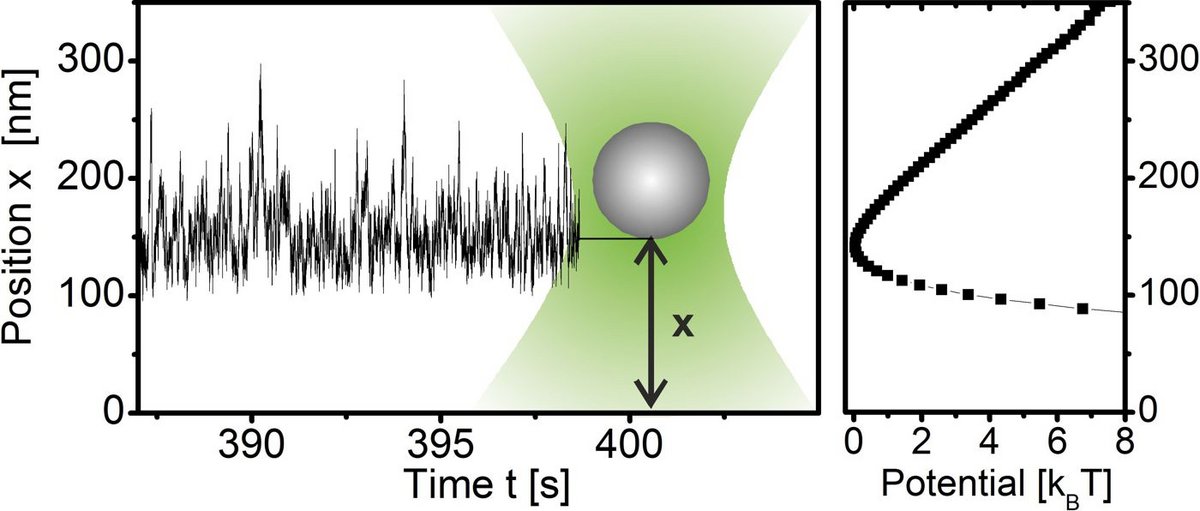Measurement of second-order response without perturbation

The fluctuation dissipation theorem (FDT) is one of the most important relations for systems out of equilibrium: It connects the linear response to fluctuations in equilibrium. Its power is evident from the circumstance that it is used in almost all fields of physics, spanning the whole range from classical to quantum regimes. Despite this fame and influence, the question whether it can be extended to nonlinear responses in an experimentally meaningful and useful manner, remains open in the literature. In this work, we demonstrate that the second order response of a micron-sized colloidal particle, subject to an anharmonic potential, can be obtained from its experimentally measured equilibrium fluctuations. The concept of FDT can thus be extended to nonlinear responses. Compared to the conventional way of measuring responses by application of a perturbation, this approach has the practical advantage that it allows to predict the second-order response to arbitrary perturbation protocols from a single experiment.
| Measurement of second-order response without perturbation |
| Laurent Helden, Urna Basu, Matthias Krüger, and Clemens Bechinger EPL 116, 60003 (2016) |
